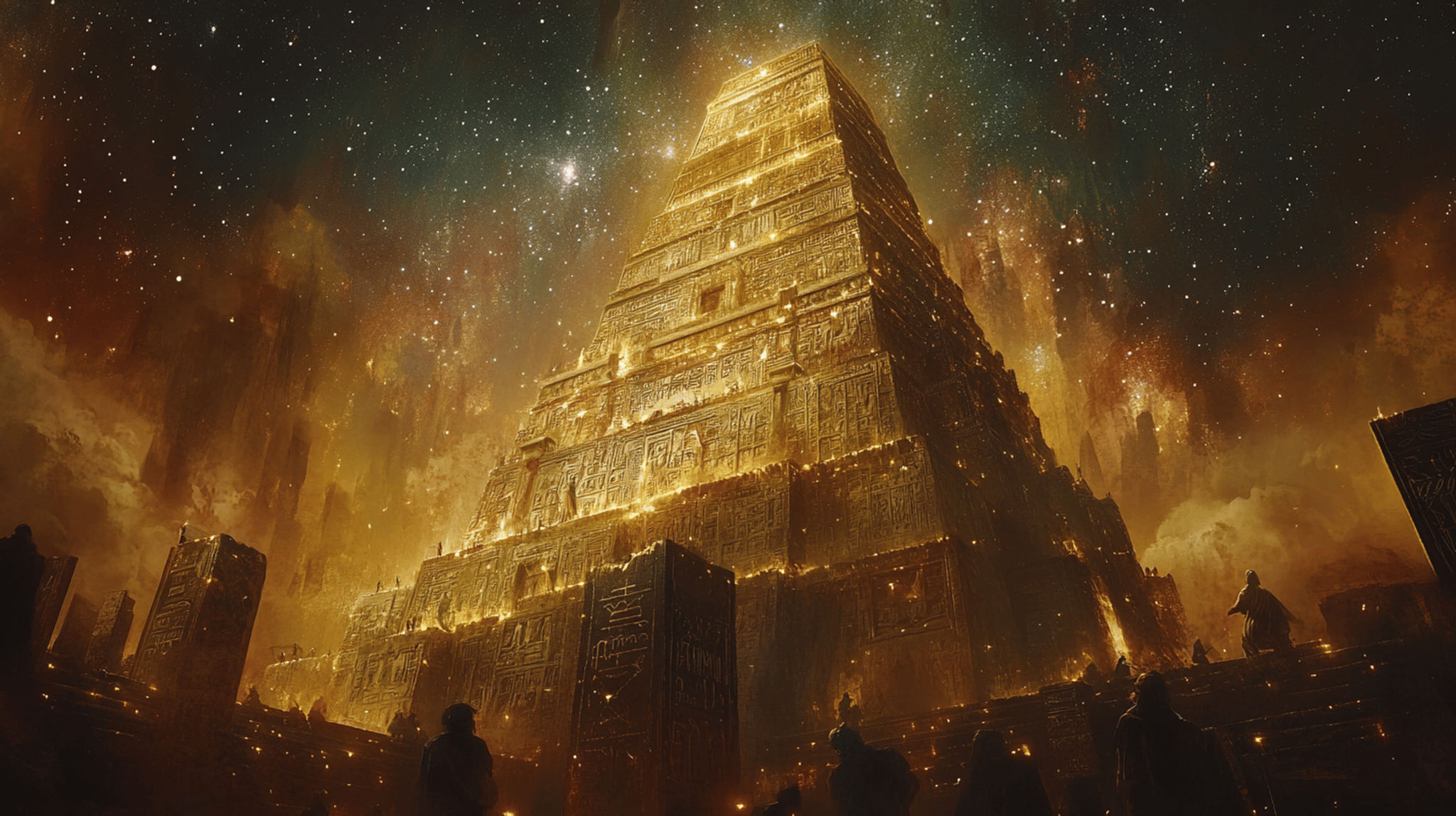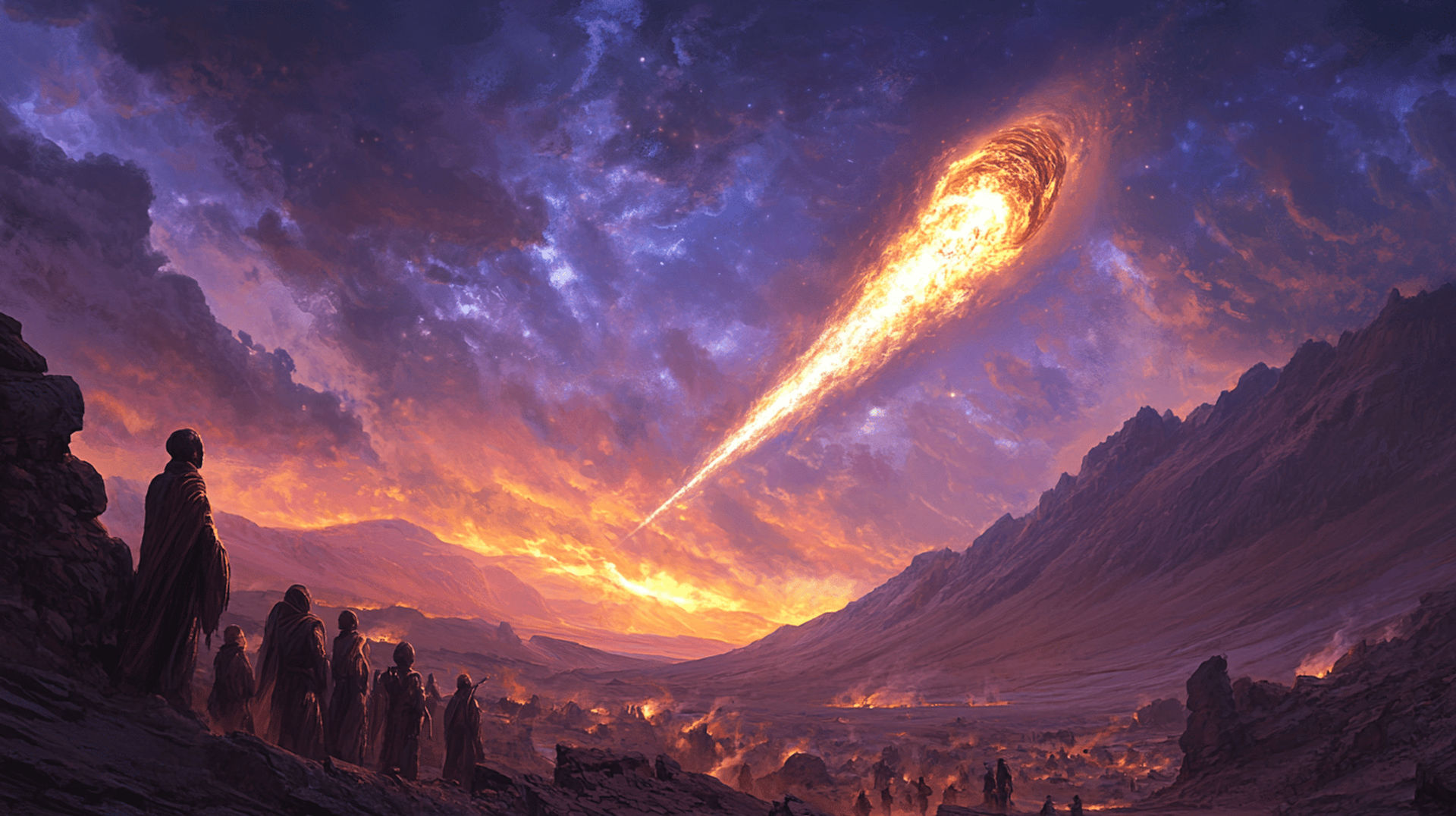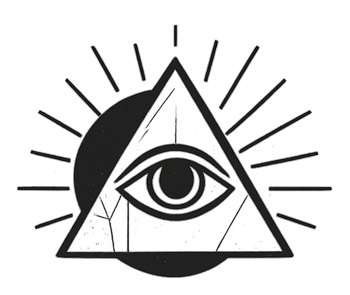
The Tower of Babel Was a Stargate
The Tower of Babel: A Gateway to the Stars?
In the annals of ancient history, few stories resonate with such a haunting mixture of aspiration and despair as the tale of the Tower of Babel. A monumental structure that sought to bridge the heights between humanity and the divine, it was said to be the pinnacle of human ambition—until, of course, it wasn't. What if this legend extends beyond mere symbolism and points to something far more extraordinary? What if the Tower of Babel was not just a tower, but an ancient stargate or a spaceport, dismantled to avert mankind's interstellar aspirations?
The Retelling of a Timeless Tale
The Biblical account of the Tower of Babel appears in Genesis 11:1-9, where it describes humanity coming together to construct a city and a tower "with its top in the heavens." In their quest to make a name for themselves and avoid dispersion across the earth, the people challenged divine order. Their hubris sparked a reaction from God, who, in a bid to thwart their ambitions, confounded their language and scattered them across the globe.
But what if this story doesn’t merely signify a cosmic reprimand, but rather speaks to a lost technology or a cosmic gateway? Proponents of this theory explore ancient texts and archaeological findings that suggest advanced knowledge of astronomy and engineering in ancient Mesopotamia. Some theorists draw parallels between the Tower of Babel and other ancient ziggurats that served not just religious purposes but functioned as astronomical observatories, hinting at an advanced understanding of celestial events.
An Ancient Stargate?
The concept of a stargate is most popularized in modern science fiction but has roots in various mythologies. The Sumerian and Babylonian civilizations held beliefs about divine portals that connected the earthly realm to the heavens. One need only consider the Epic of Gilgamesh, which depicts interactions between humans and gods, as further evidence that these ancient societies believed in transcendent connections.
Supporters of the stargate theory posit that the Tower's intended height was not only a feat of architectural genius but also a functional structure designed for astral travel or communication with extraterrestrial beings. If we analyze the descriptions of ziggurats—their tiered structures, advanced construction techniques, and alignment with celestial bodies—could they not be the earthly manifestations of technologies meant to connect us with the cosmos?
Dismantling Aspirations
Should we accept this intriguing premise, the question remains: Why would such a powerful structure be dismantled? Some speculate that the fear of limitless human potential led to divine intervention. Others propose it was a safeguard against a kind of power that humanity was not yet ready to wield. Author Graham Hancock, in his works such as Fingerprints of the Gods, suggests that ancient civilizations may have possessed knowledge that could unlock the secrets of the universe—knowledge that those in power sought to suppress to maintain control over the masses.
The idea that advanced technology existed in ancient times, only to be lost or hidden, tantalizes the imagination. This theory invites us to reconsider established narratives around human progress and technological evolution. Were we given a glimpse of something extraordinary only to be thwarted by our own limitations or hubris?
Dig Deeper into the Mystery
As with many fringe theories, the concept of the Tower of Babel as a stargate invites us to navigate between the spiritual, the historical, and the technological. Whether taken literally or metaphorically, the story evokes deep curiosity about the human spirit's quest for knowledge, connection, and meaning in the universe.
Explore Further
- The Epic of Gilgamesh: Explore ancient texts for insights on divine connections and aspirations.
- Graham Hancock's Fingerprints of the Gods: Discover more about lost ancient civilizations and their possible advanced knowledge.
- Erich von Däniken's Chariots of the Gods?: Investigate theories of ancient astronauts and otherworldly technology.
- Documentaries such as Ancient Aliens: Examine the ongoing debate surrounding ancient technology and extraterrestrial influence.
In contemplating the Tower of Babel, we thread a needle that links ancient aspirations with modern inquiries into the cosmos. Perhaps the enduring power of this story lies not in its conclusion but in the questions it leaves us with—about what might lie beyond our reach, waiting for humanity to rediscover.

The Obscura Mage
Part historian, part heretic, part storyteller—decoding the ancient myths, lost tech, and timelines history forgot.
You might also like

Manna Was Programmable Food?
What was the heavenly manna? Was it a form of bio-engineered nourishment from beings beyond our world, disguised as a gift from heaven?

Sodom Was Nuked?
Might the fall of Sodom mark not divine wrath—but the silent detonation of ancient, forgotten technology lost to myth and sand?

Was Venus the Destroyer?
What if Venus was actually once a comet—a wandering celestial force that ignited floods, fire, and memory across ancient skies? A scientist offers strong proof.
